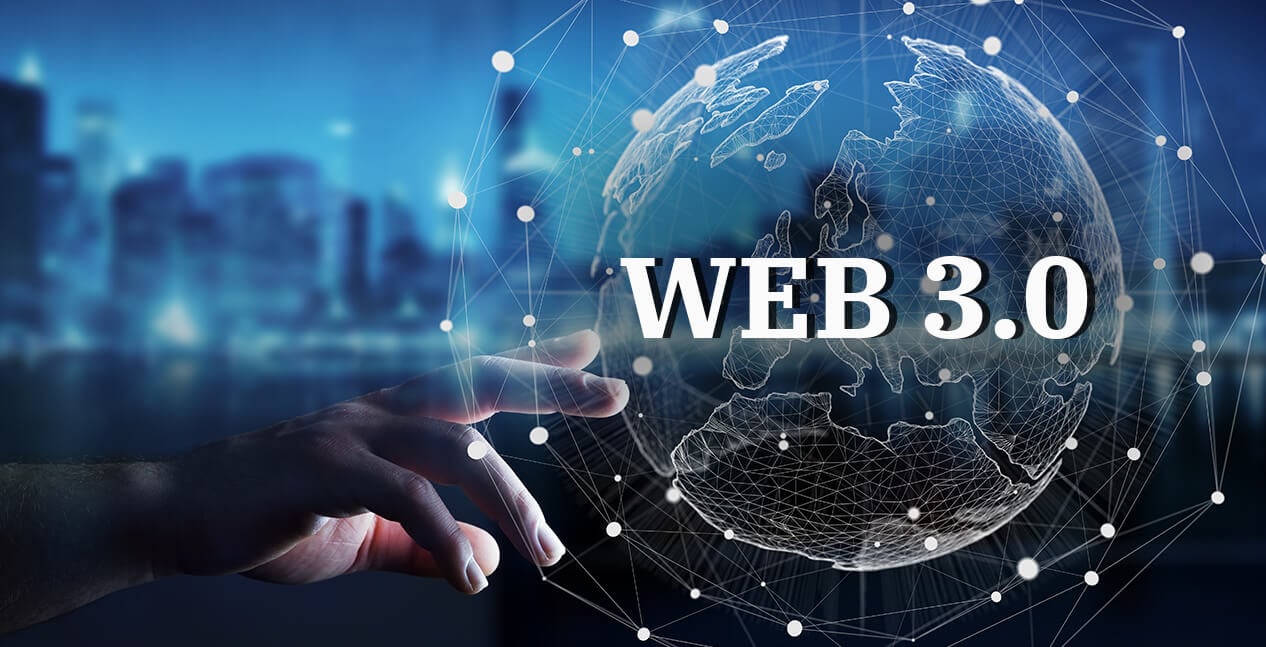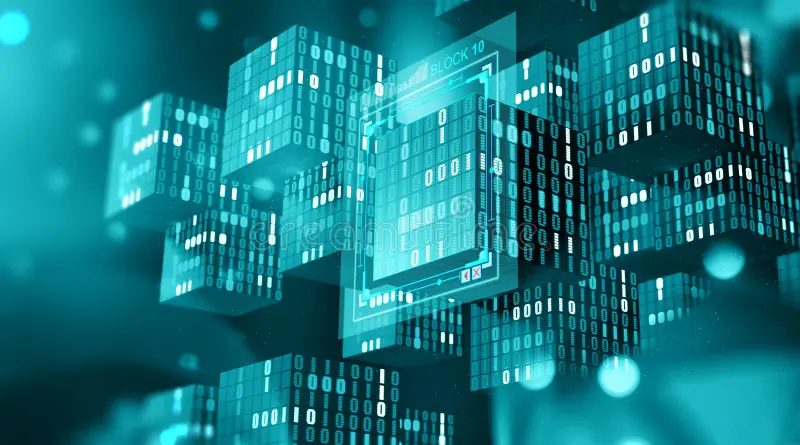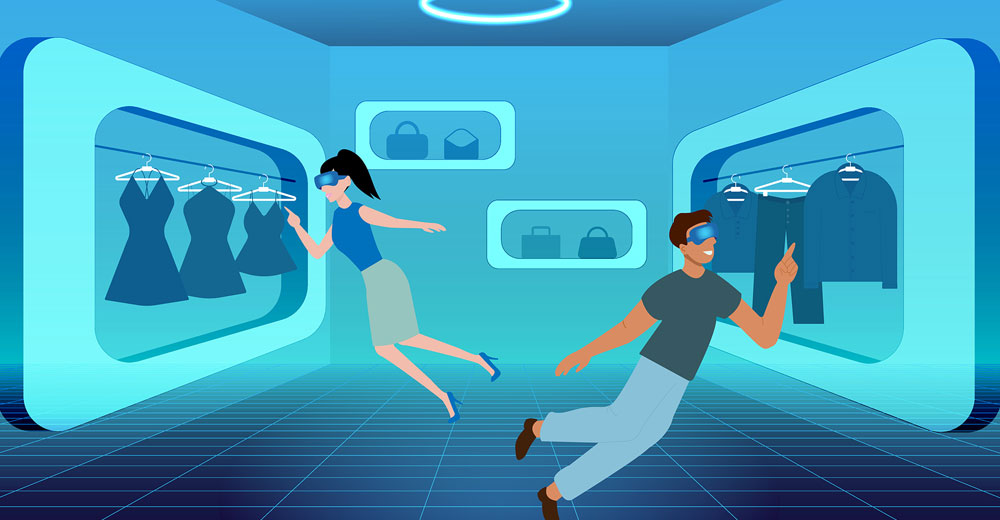The internet has undergone a dramatic transformation in its short lifespan. From the static web pages of Web 1.0 to the interactive platforms of Web 2.0, we’ve come a long way. Now, on the horizon, lies Web 3.0, promising a revolutionary shift in how we interact with the online world. But what exactly is Web 3.0, and what does its ecosystem hold for the future?
Decentralization at its Core:
At the heart of Web 3.0 lies the principle of decentralization. Unlike Web 2.0, which is dominated by powerful tech giants like Google and Facebook, Web 3.0 envisions a web where power is distributed amongst users. This is achieved through technologies like blockchain, which acts as a secure and transparent ledger for recording transactions and data.
Imagine a web where you own your data, not corporations. You can control who accesses it and how it’s used. This empowers users, giving them a greater say in the online world and reducing the risk of data breaches and manipulation.
A Rich Ecosystem of Innovation:
The Web 3.0 ecosystem is rapidly evolving, with a plethora of exciting applications emerging. Here are some key areas:
- Decentralized Finance (DeFi): DeFi offers an alternative to traditional financial systems, enabling peer-to-peer lending, borrowing, and trading without the need for intermediaries. Imagine borrowing money directly from other users without banks or credit checks.
- Non-Fungible Tokens (NFTs): NFTs are unique digital assets representing ownership of virtual or real-world items. This opens up new possibilities for creative expression, ownership of in-game items, and even fractional ownership of real estate.
- The Metaverse: The metaverse is a virtual world where users can interact, conduct business, and even own land.Web 3.0 technologies like blockchain and spatial computing are crucial for building a secure and immersive metaverse experience.
- Artificial Intelligence (AI): AI will play a vital role in Web 3.0, powering personalized experiences, content creation, and even decentralized governance models. Imagine AI assistants tailored to your specific needs,suggesting relevant content, and managing your online footprint.
Beyond the Hype: Challenges and Opportunities:
While Web 3.0 holds immense potential, it’s not without its challenges. Scalability, security, and user experience are some of the hurdles that need to be overcome for widespread adoption. Additionally, regulatory frameworks need to adapt to this new decentralized landscape.
Despite these challenges, the potential benefits of Web 3.0 are undeniable. A more open, fair, and user-centric internet can revolutionize various industries, empower individuals, and foster a more equitable digital future.
A Glimpse into the Future:
The future of Web 3.0 is still being written, but the possibilities are endless. Imagine a world where:
- You own your digital identity and data, controlling how it’s used and monetized.
- Global communities collaborate and govern online platforms through decentralized protocols.
- Education and healthcare are personalized and accessible to all through AI-powered platforms.
- The creative economy thrives with artists and creators directly connecting with their audiences and owning their work.
Web 3.0 is not just a technological shift; it’s a paradigm change. It’s about reclaiming control, fostering community, and building a web that works for everyone. While the road ahead may be complex, the potential rewards are worth striving for. So, buckle up and get ready for the exciting journey into the decentralized future of the internet!
Remember, Web 3.0 is still in its early stages, and many aspects are being actively debated and developed. This article provides a general overview, but stay tuned for further developments and exciting innovations in this rapidly evolving space.




